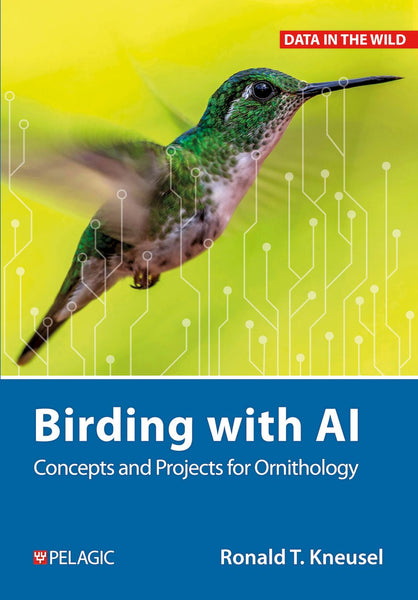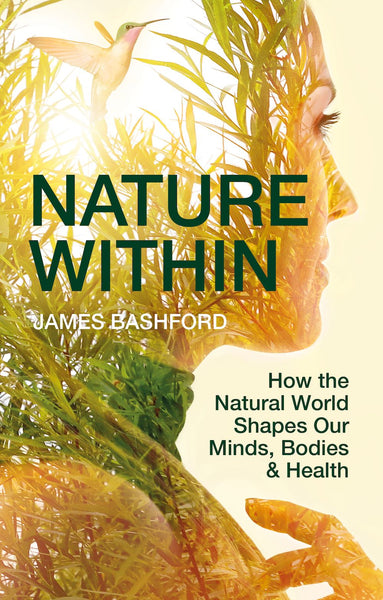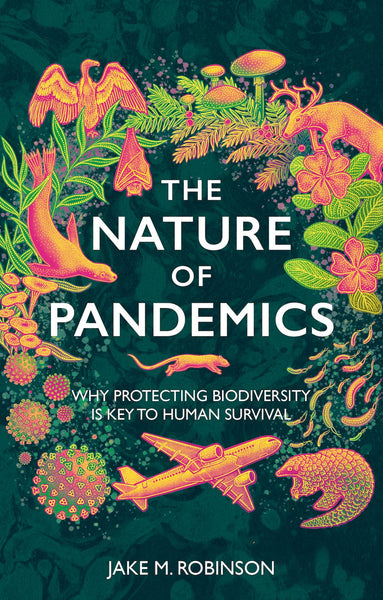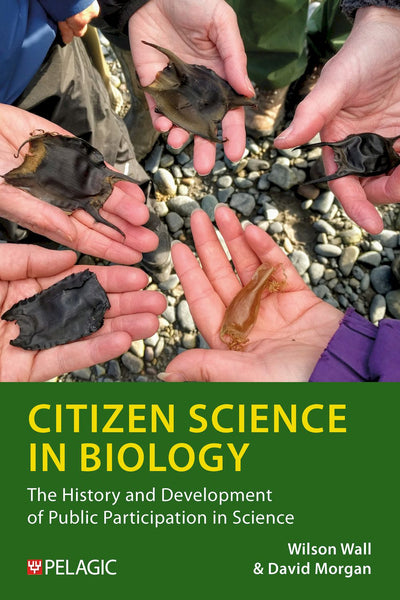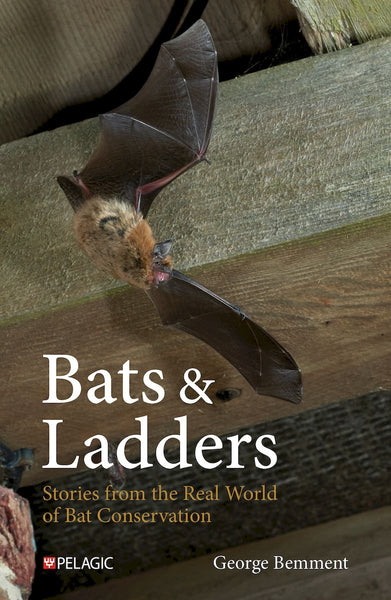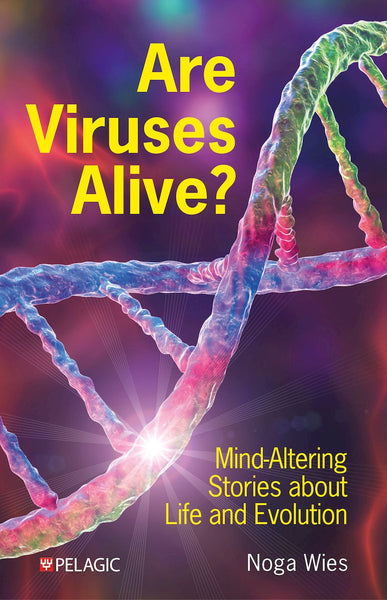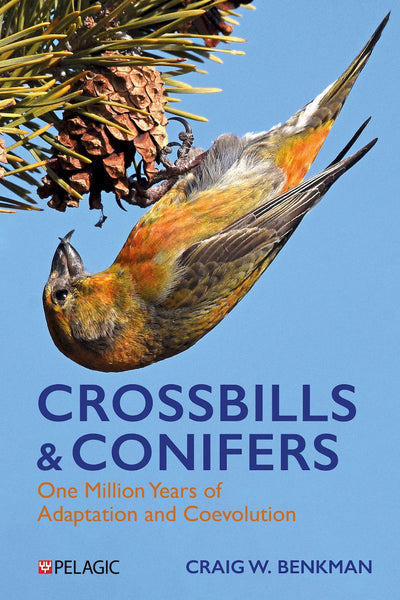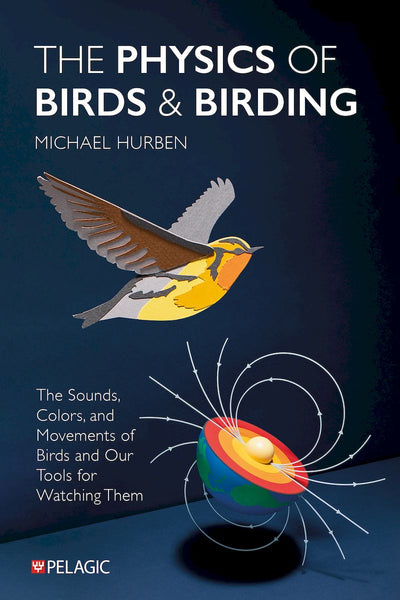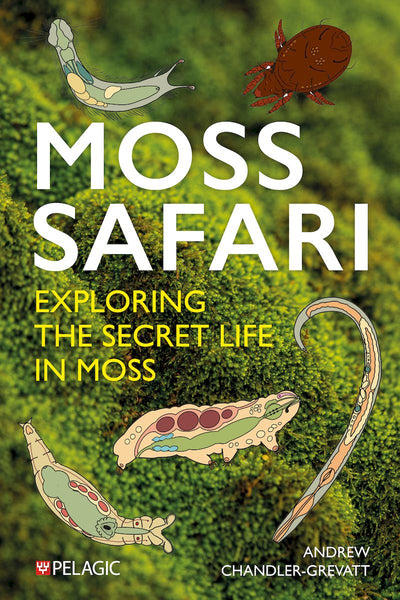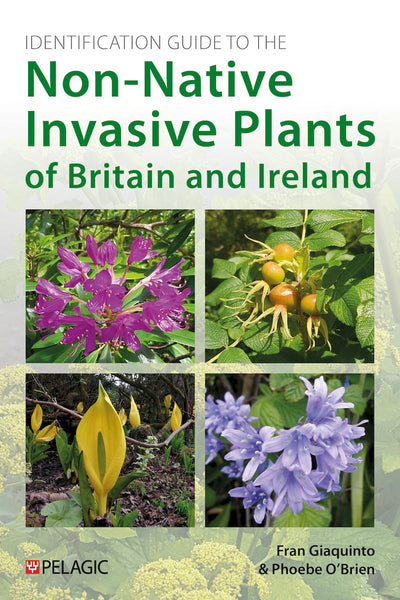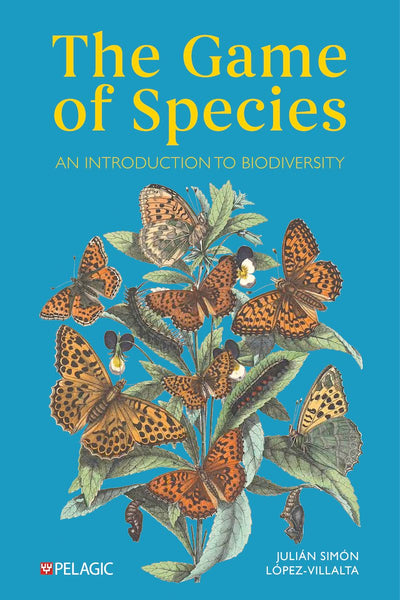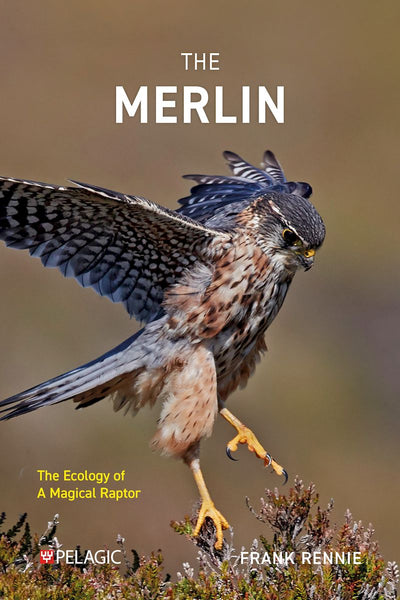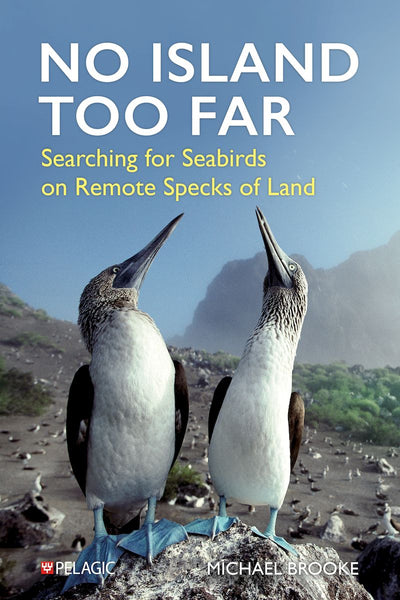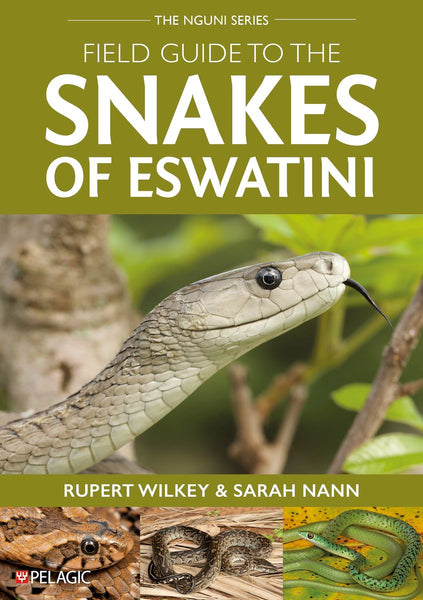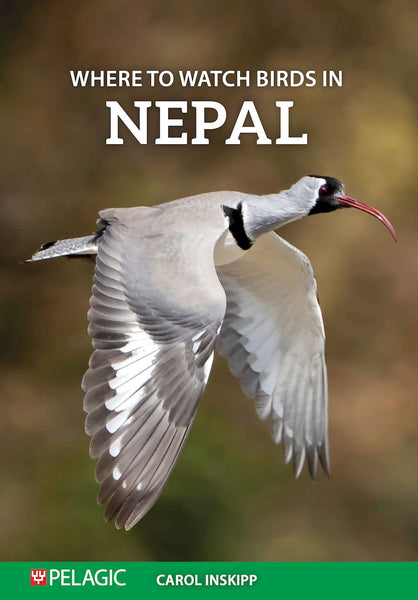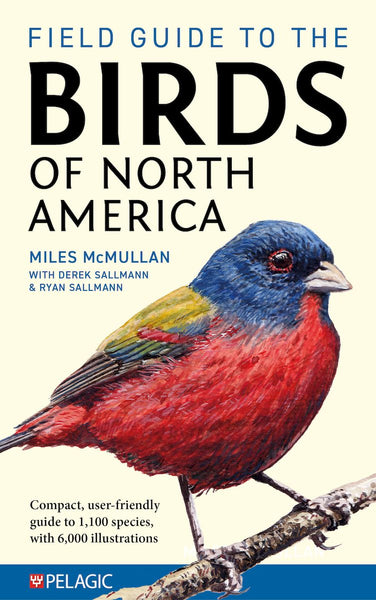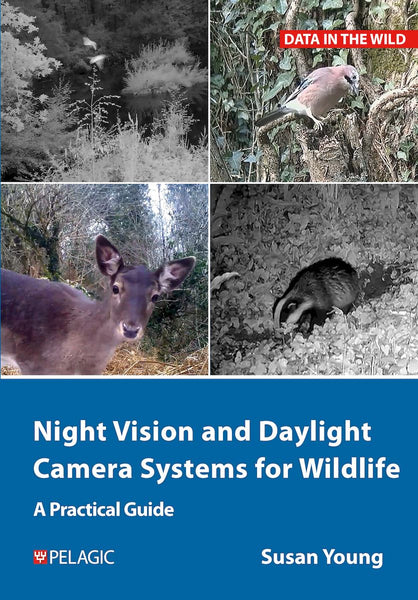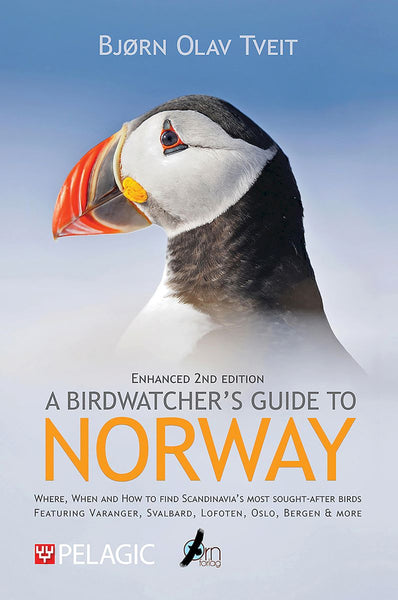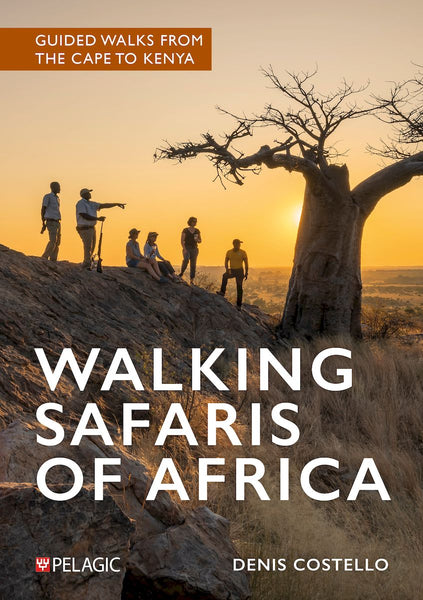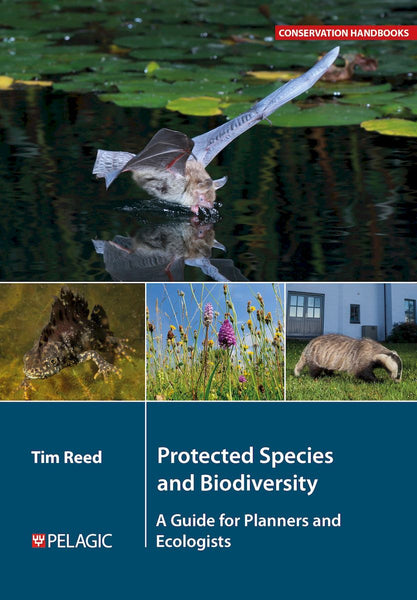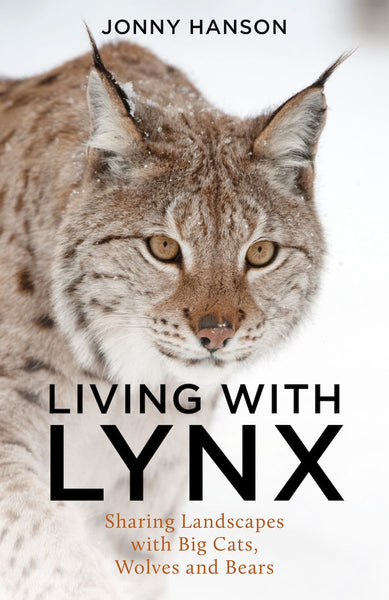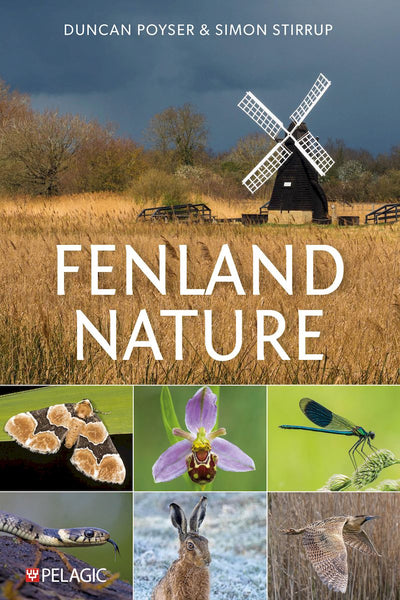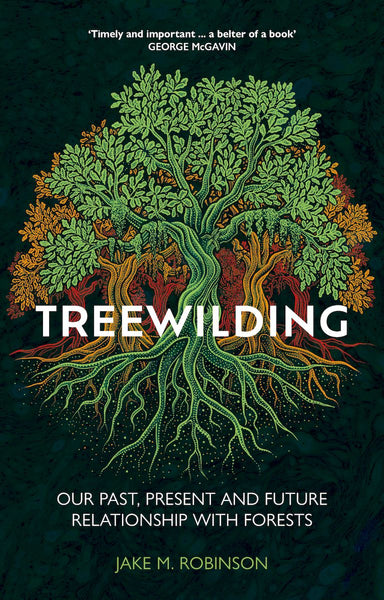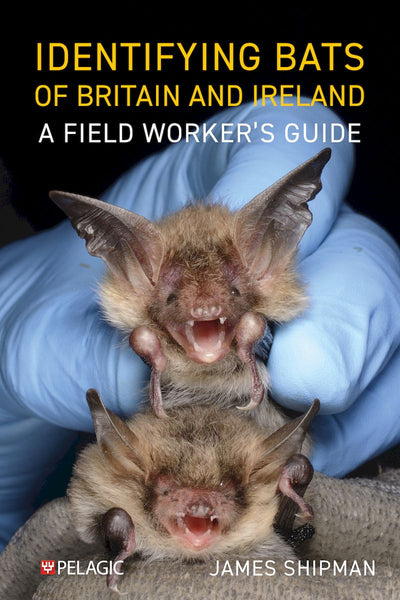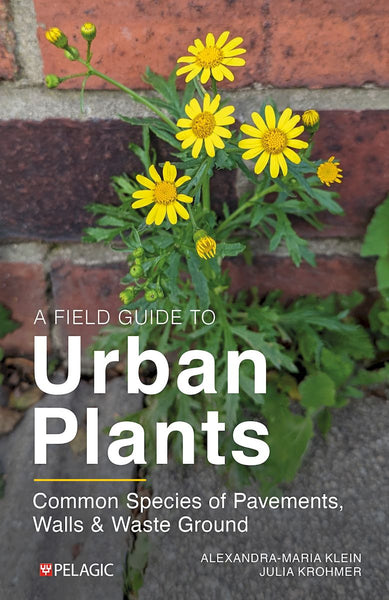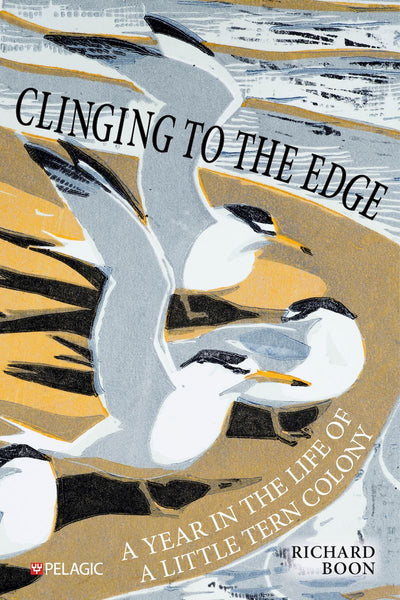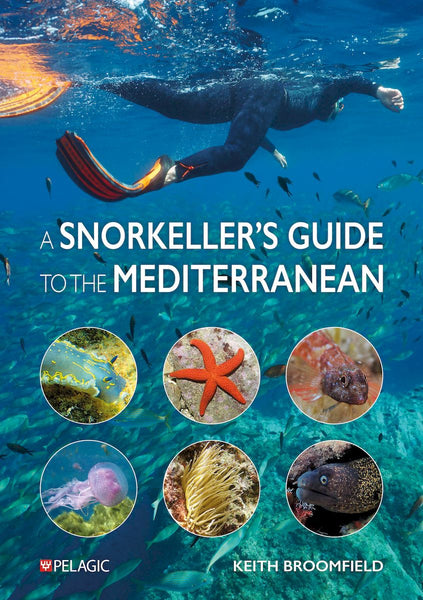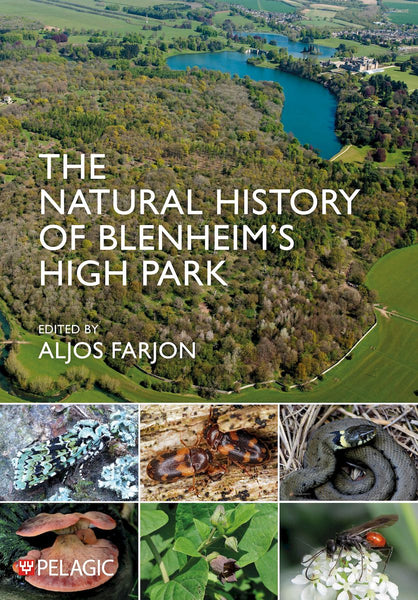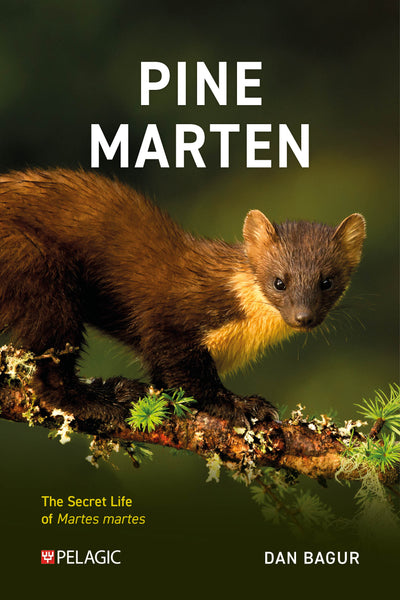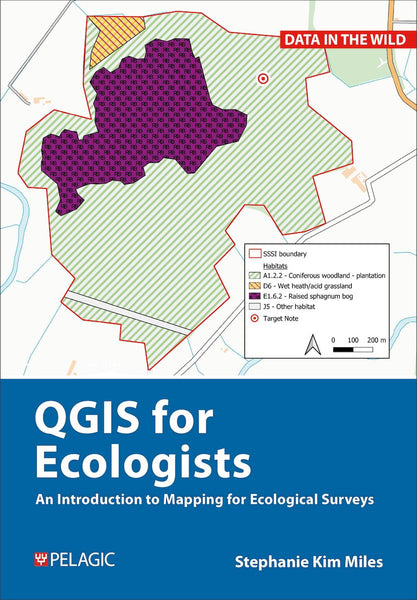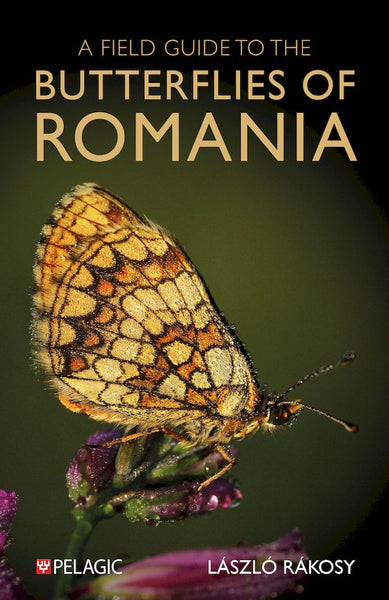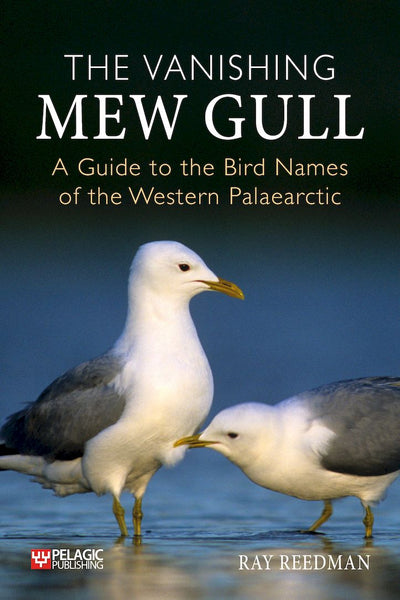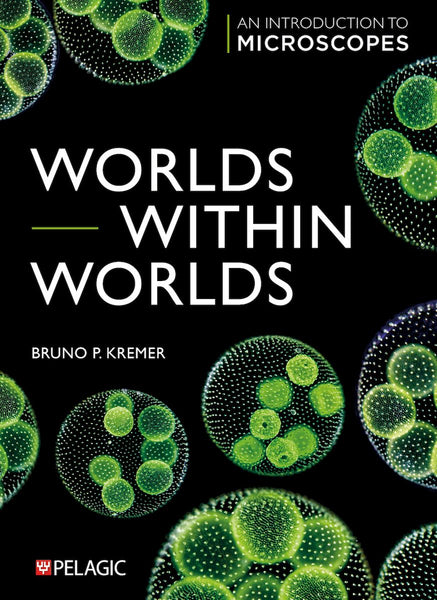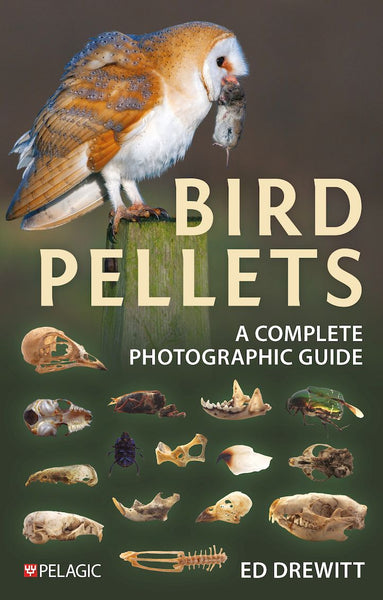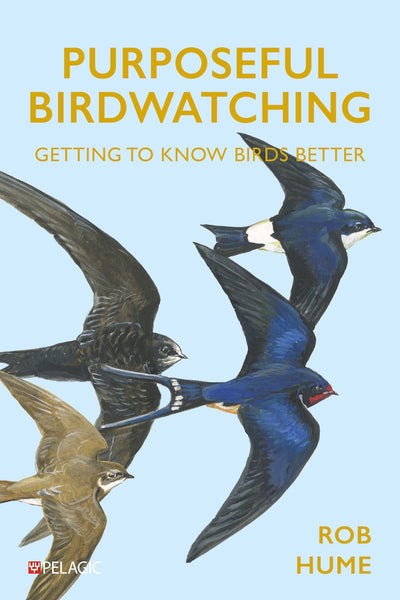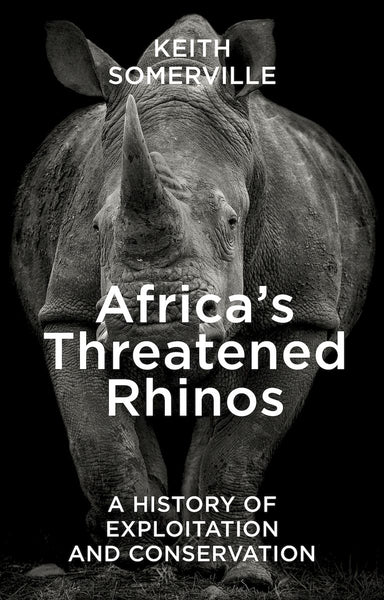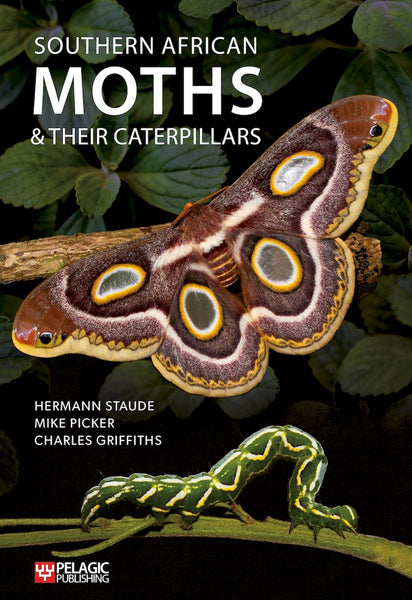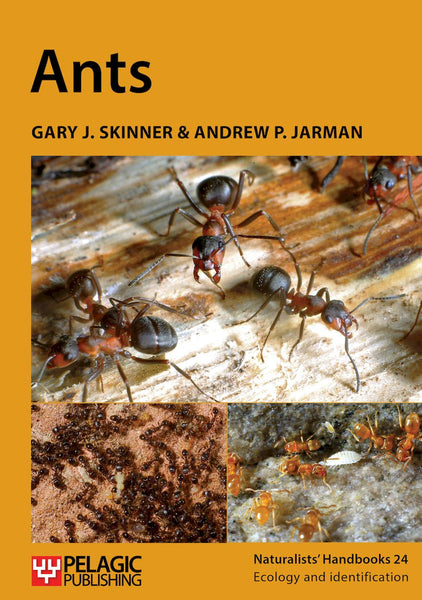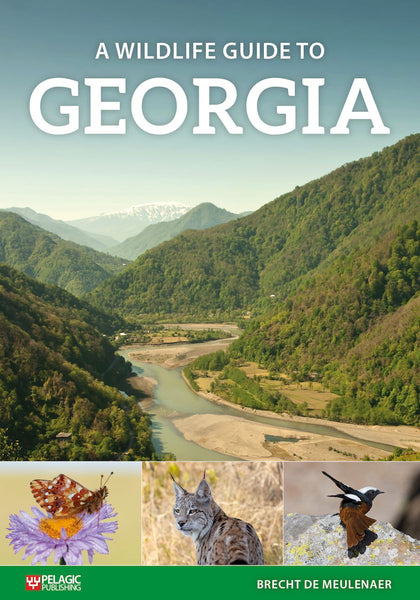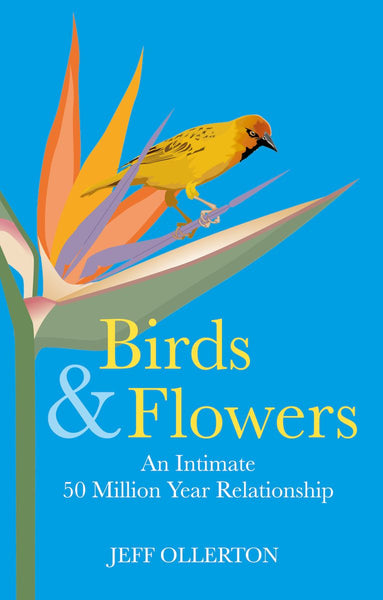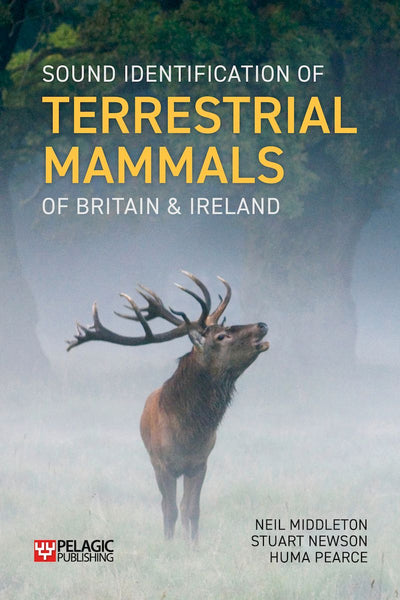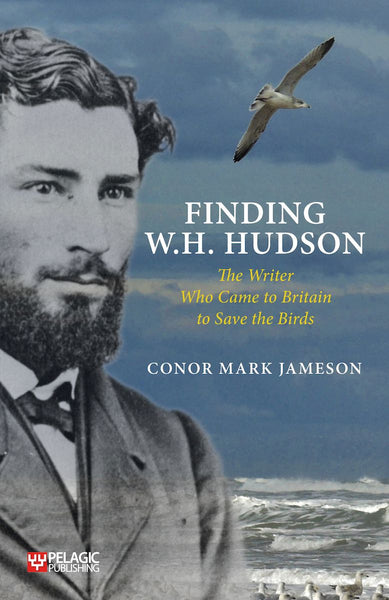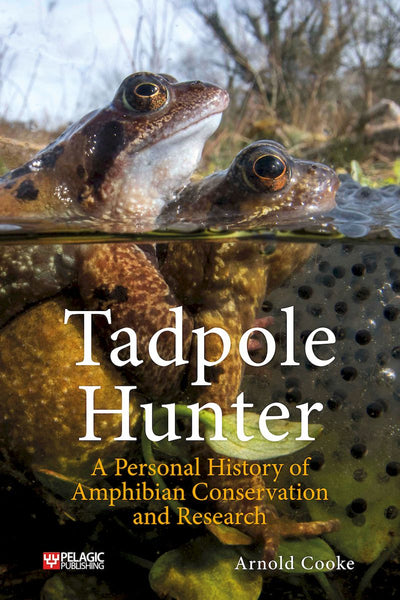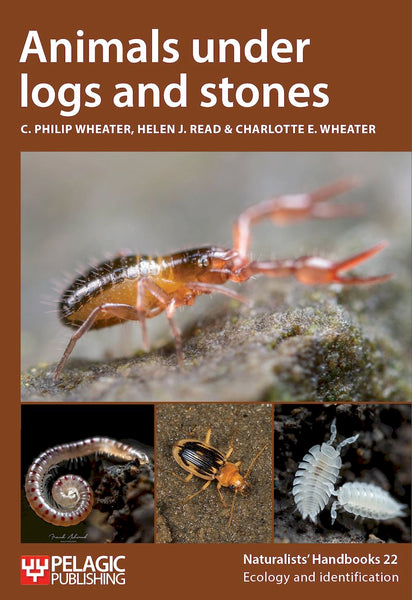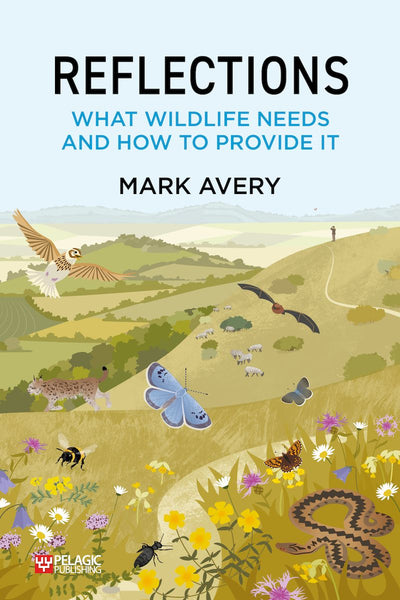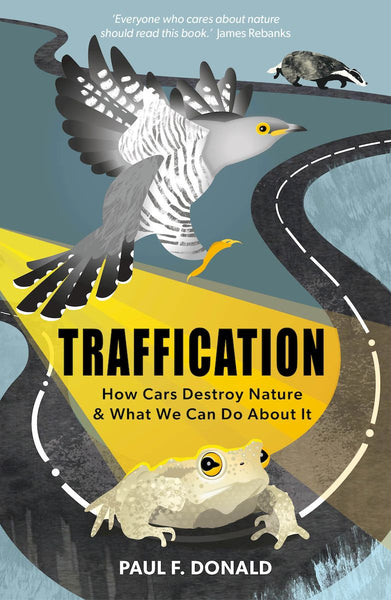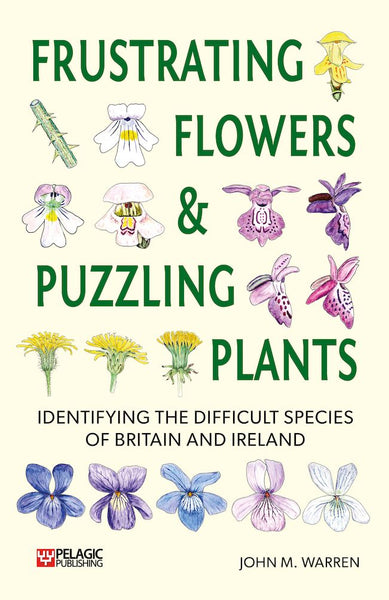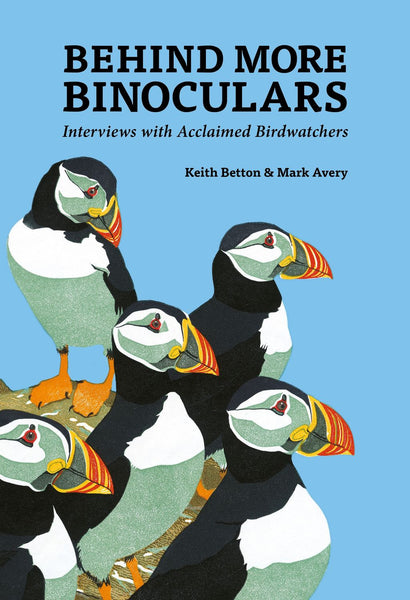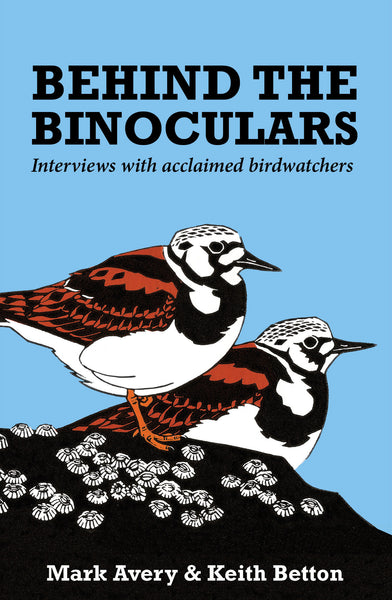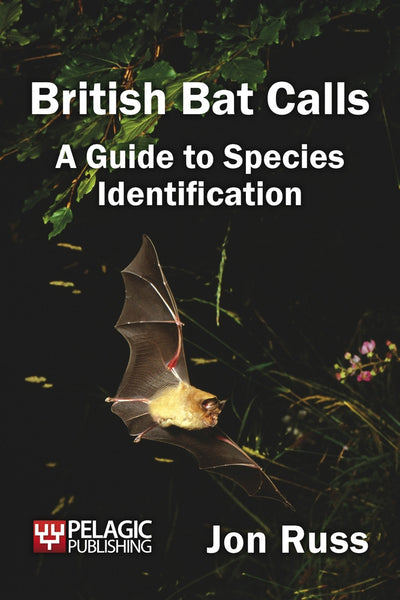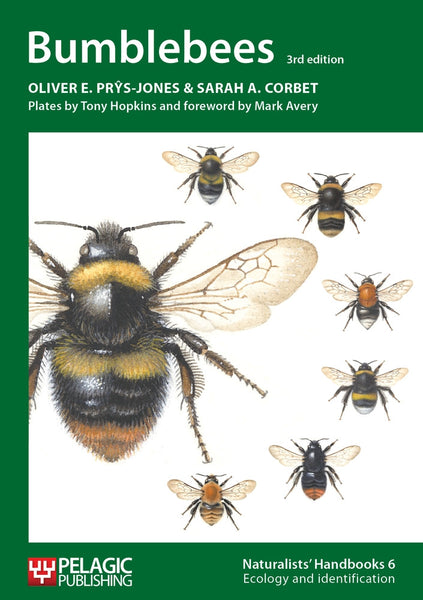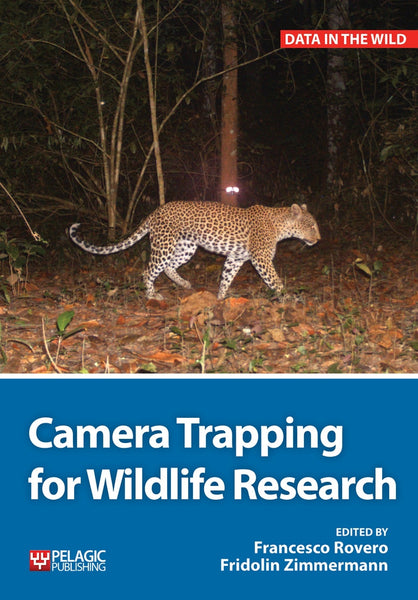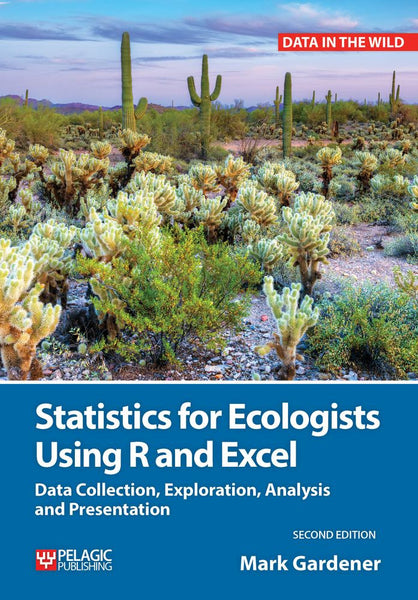Jake M. Robinson discusses Invisible Friends and shares his passion for the microbial world.
Could you tell us a little about your background and where your interest in microbiology began?
I’ve always been curious about what happens in the invisible world around us. I actually studied parasitology during my undergraduate degree – looking at how ticks affect the behaviour and ecology of hedgehogs. This is a form of symbiosis (where an organism lives in close association with another), albeit the parasitic kind. I became interested in the pathogenic microbes that ticks can transmit and pick up from reservoir hosts such as hedgehogs. But I was also curious about other forms of symbiosis––the mutualistic kind! This led me to question which microbes in the environment were beneficial to plants and animals, including us humans. I worked for an ecological consultancy for around six years, developing an interest in molecular ecology techniques such as environmental DNA (eDNA), and then decided to do a PhD. And at this time, microbiome science was booming, and it was the perfect discipline to quench my thirst for learning about mutualistic symbioses!

Moss piglets (tardigrades)
What made you decide to write Invisible Friends?
Gaining a greater understanding of the weird and wonderful––and often beneficial and life-sustaining––roles that microbes play in our lives and ecosystems inspired me to write this book. I grew up, as many other people do, learning about how microbes are nasty, disease-causing organisms that should be banished from our lives. But this couldn’t be further from the truth. Of course, a few microbes do cause devastating diseases. Still, the overwhelming majority have core functional roles in all aspects of our lives, from providing the food we eat and shaping our immune systems to influencing our behaviour and health in various positive ways. This book aims to flip the microbes as the ‘bane of our society’ narrative on its head and hopefully change how some people ‘see’ the unseen.

Lacrymaria odor, or 'tear of a swan'
Of the information that came to light during your research for the book, what surprised you the most?
I think it’s how microbes have a major role in some of the things we take for granted each and every second, like breathing in oxygen. For instance, oceanic cyanobacteria and phytoplankton are thought to have produced over 50% of the oxygen in the atmosphere. So we have microbes to thank for each breath we take. However, digging into this a little further, I found that viruses called bacteriophages or ‘phages’ probably inserted the photosynthesis genes into the cyanobacteria through a process called ‘horizontal gene transfer’, allowing them to produce the oxygen. So, we actually have viruses (definitely considered the bane of society right now!) to thank for much of the air we breathe.

Microglial cell
What was the biggest challenge you faced whilst writing the book?
Honestly, I enjoyed the whole process of writing the book. But initially, the biggest challenge was setting aside a period each day to write and turning it into a ritual. Once you get into the flow, it becomes far more manageable. I also found the home environment to be quite uninspiring. So, I packed up a flask with some tea, grabbed a camping chair and started writing outside in the natural surroundings. Sometimes I’d sit on top of a cliff, and other times, next to a trickling stream in a forest. I found this to be perfect for inspiration and focus!
Is the book just for scientists?
The book is aimed at a broad audience. I endeavoured to write it so scientists will hopefully enjoy it and that it’s still engaging for the curious-minded non-scientists. I provide plenty of analogies and some illustrations, too, to help articulate the more complex topics.

Electrogenic Geobacter with their nanowires
What do you hope readers will take away from Invisible Friends?
I hope readers will look at the natural world differently than they do now and think about plants and animals as communities in themselves. I started this blog writing about symbiosis, and here I am again referring to it! Symbiotic relationships occur all around us and inside us, and I hope the reader takes away these messages of community and reciprocity. I also hope that the book contributes in some small way to flipping the negative narrative of microbes on its head and paving the way to a more balanced view of this fascinating unseen world!
Discover more about Invisible Friends here










